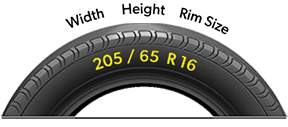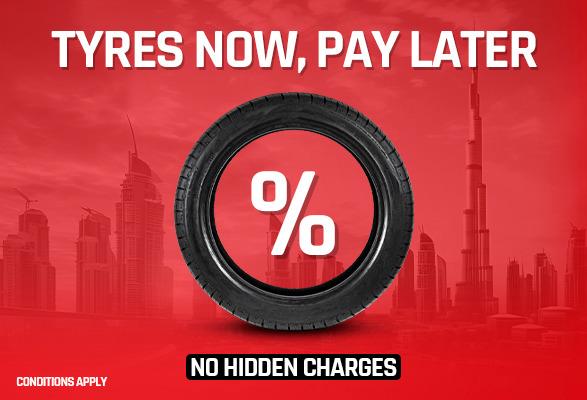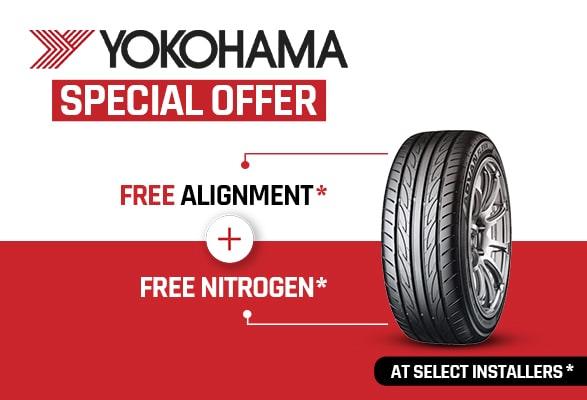Why Does My Tire Pressure Change by Itself?
Tire pressure fluctuates regularly due to various reasons. The most visible change is experienced in the fall season when the outside temperatures fluctuate rapidly. The daytime and nighttime temperatures are remarkably different from each other.
The fluctuation in the outside temperature is the reason that your car’s Tire Pressure Monitoring System (TPMS) shows a warning light when you start your car early in the morning. However, the TPMS light turns off later in the day when the vehicle has been driven around a little.
There is no need to worry as this is perfectly normal and in no way does it mean that your tires are leaking air. In the morning, the outside temperature is low, and the car has remained stationary throughout the night.
It allows the tires to cool down, which contracts the air inside the tires; thereby, decreasing the tire pressure. Hence, the TPMS light is shown when the car remains parked overnight, and the outside temperature is low.
After driving around for a while, the tires heat up, which causes the air inside the tyres to expand. It causes the tire pressure to increase, which leads to the TPMS light being turned off.
It is the reason that the tire pressure keeps changing by itself. Apart from this, tire pressure can decrease over time as well. Therefore, regularly monitoring your tyre pressure is recommended by professionals. An inexpensive pressure gauge can do the trick, and you can use a compressor to fill the air inside the tire if it is below the recommended level.
The recommended level of air pressure is mentioned in the owner’s manual or at the sticker in the driver’s door. For most passenger cars, the recommended level is between 32 PSI to 35 PSI. For the spare tire, the recommended PSI is 60.








































